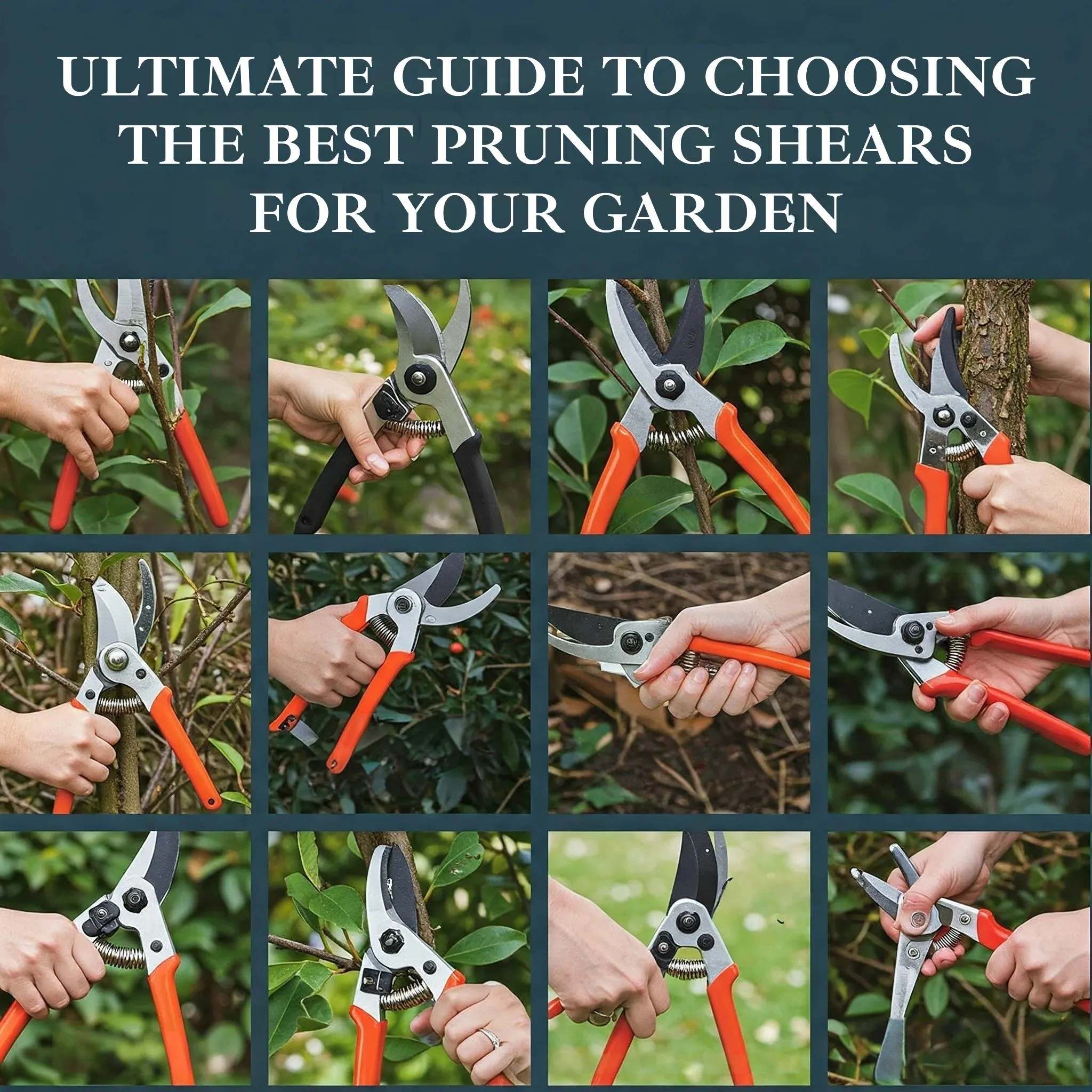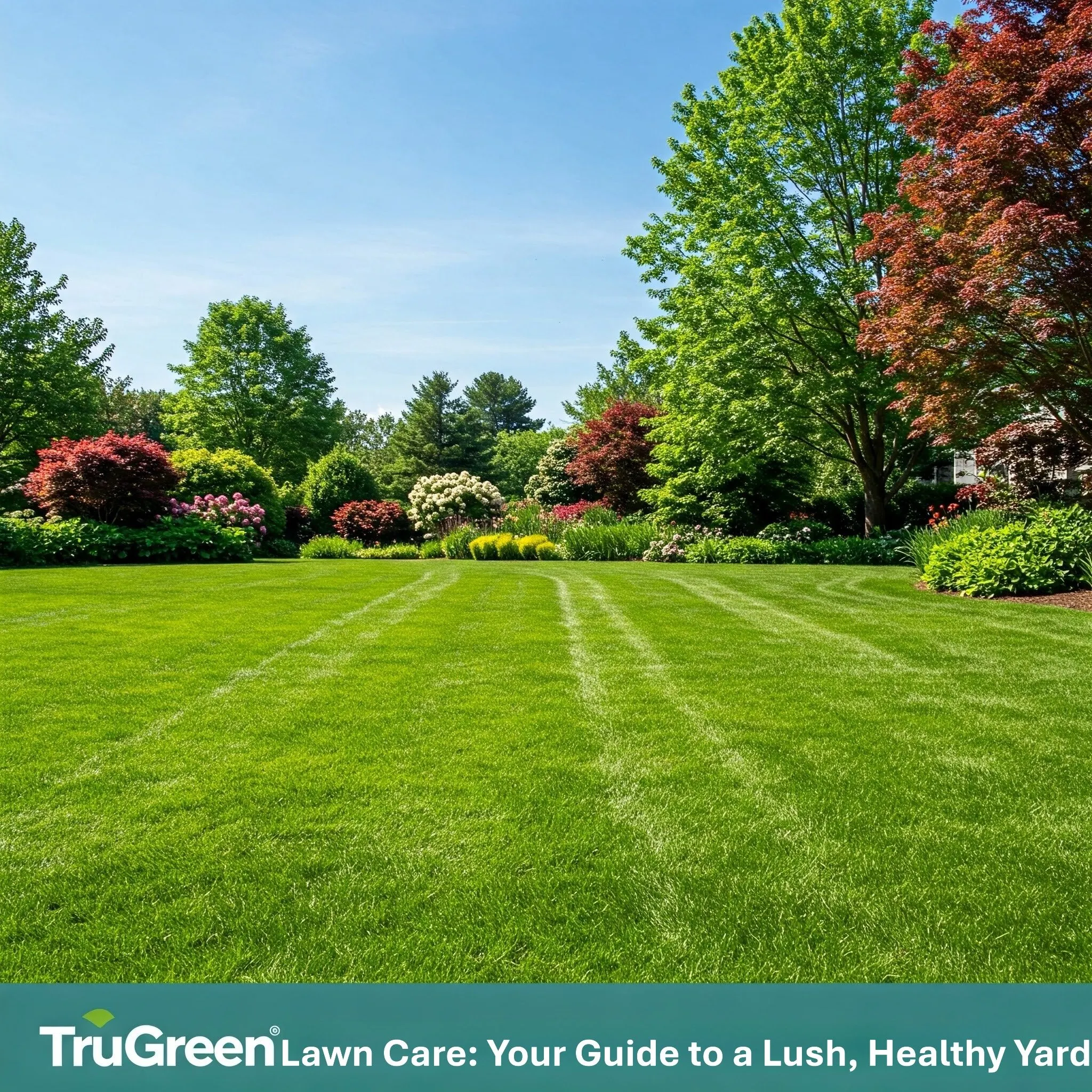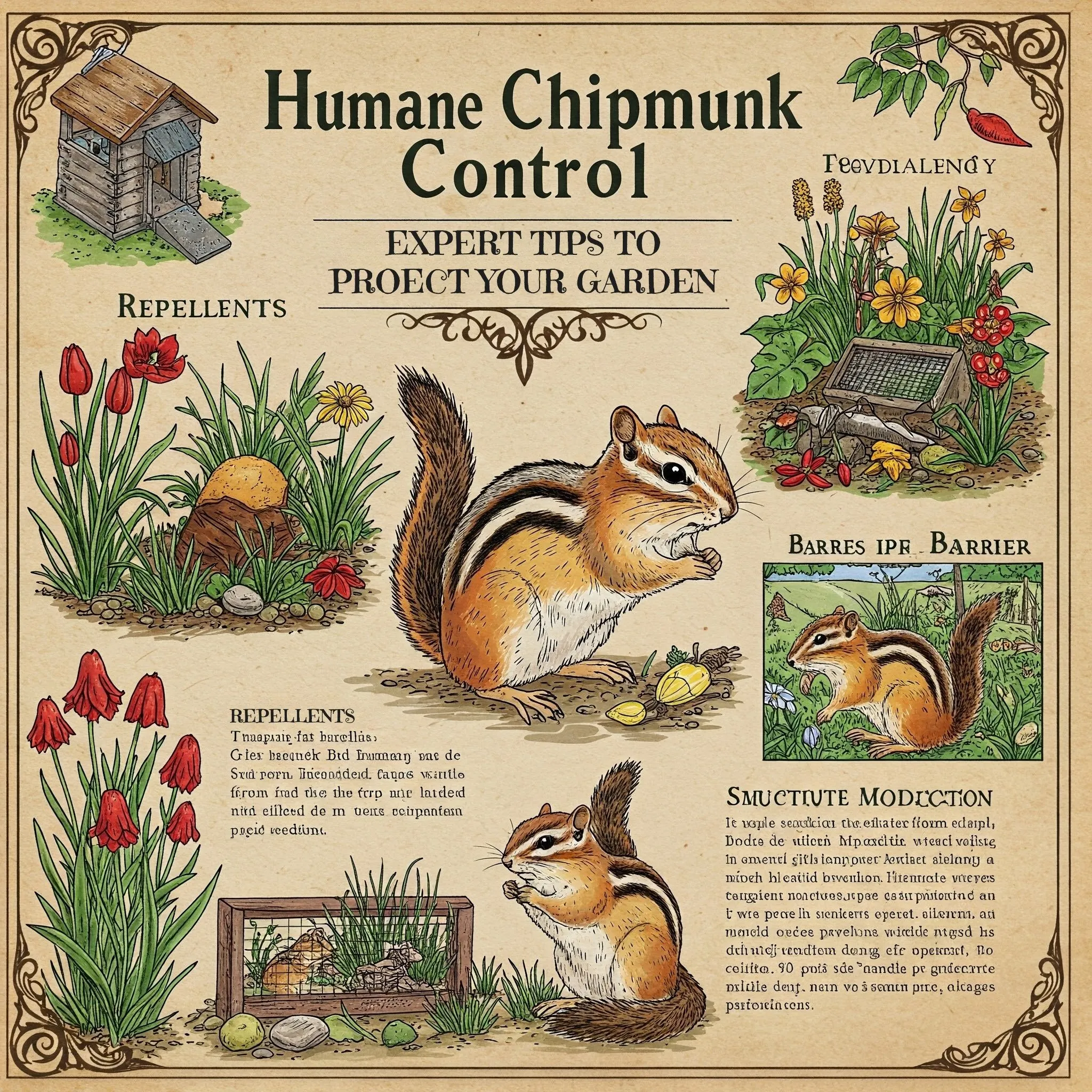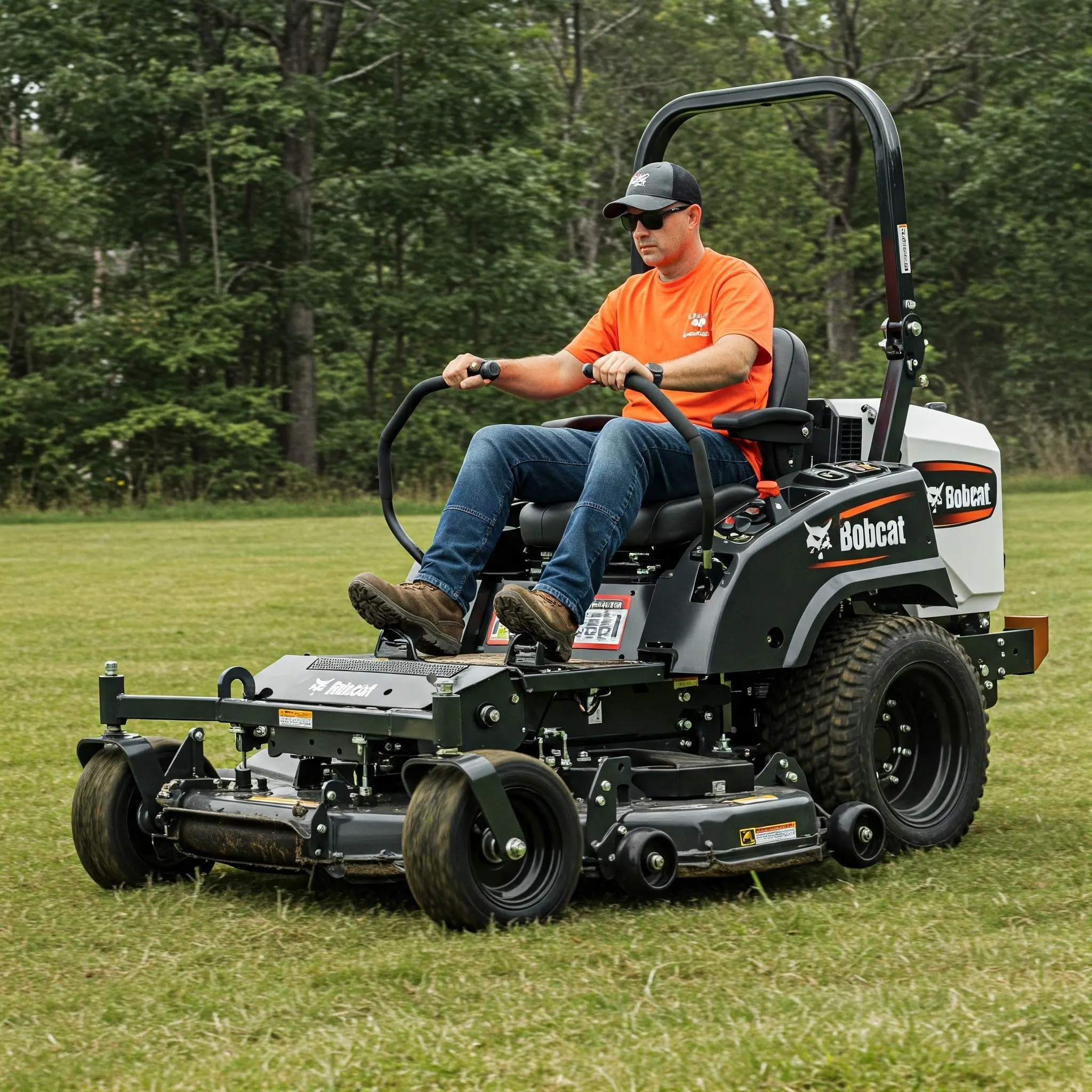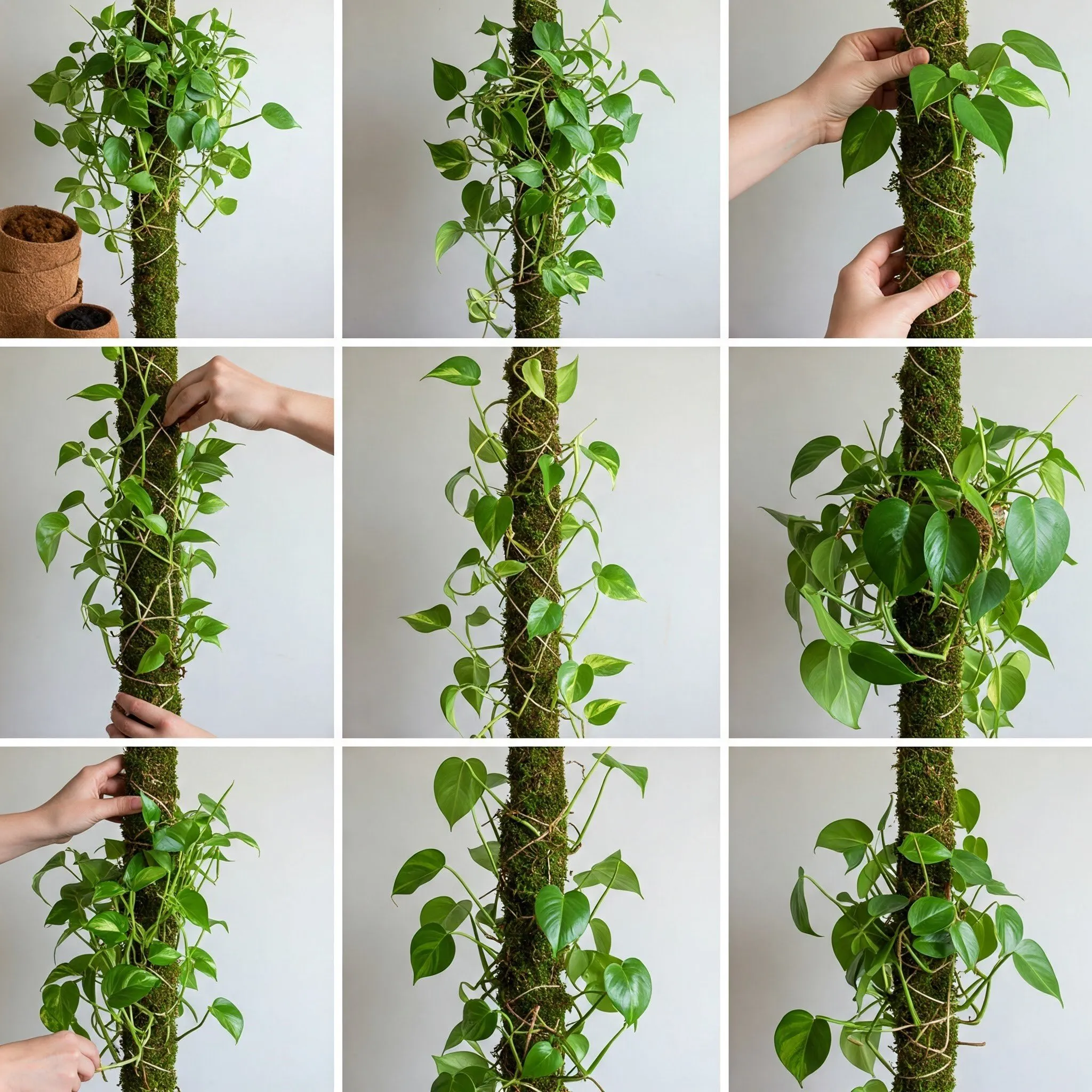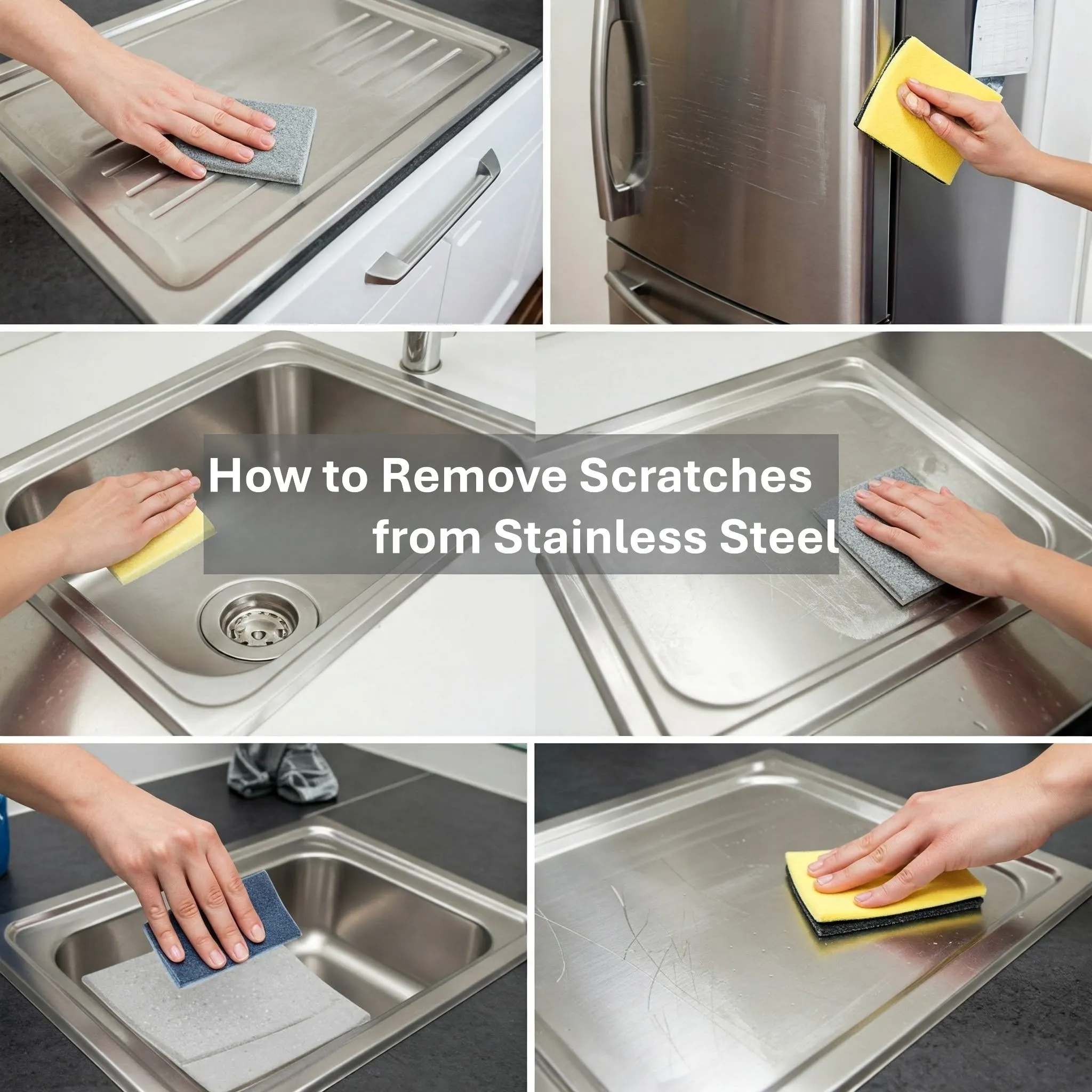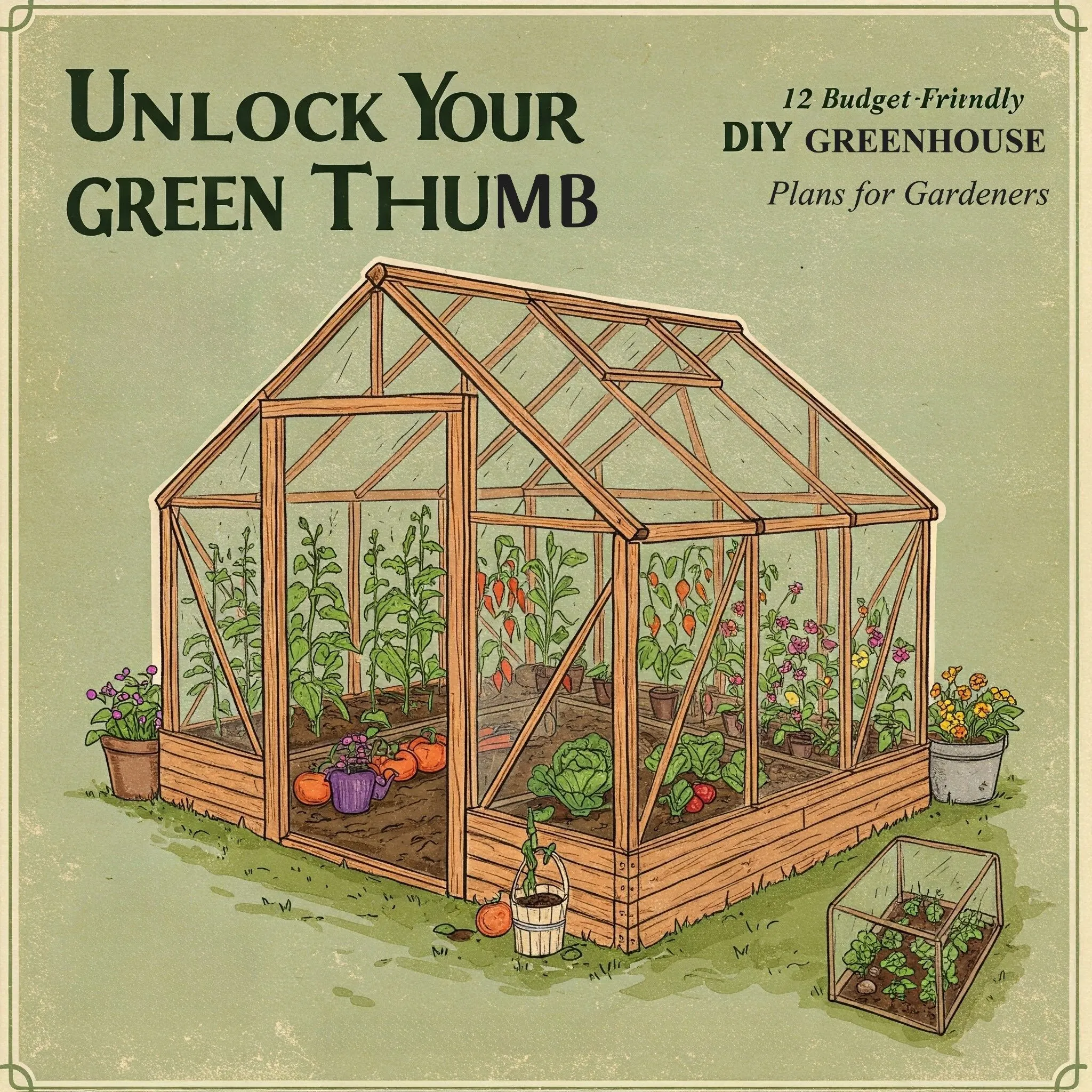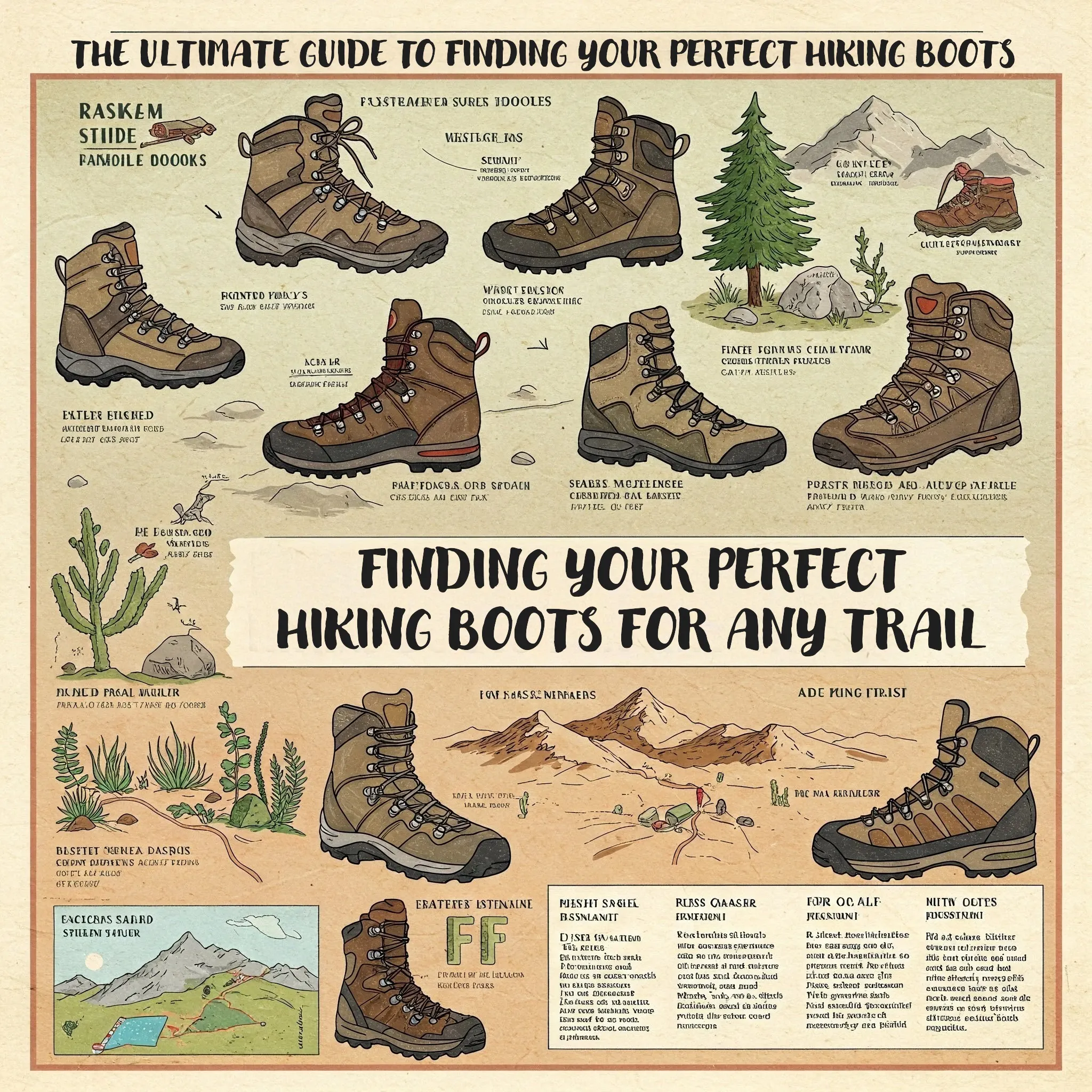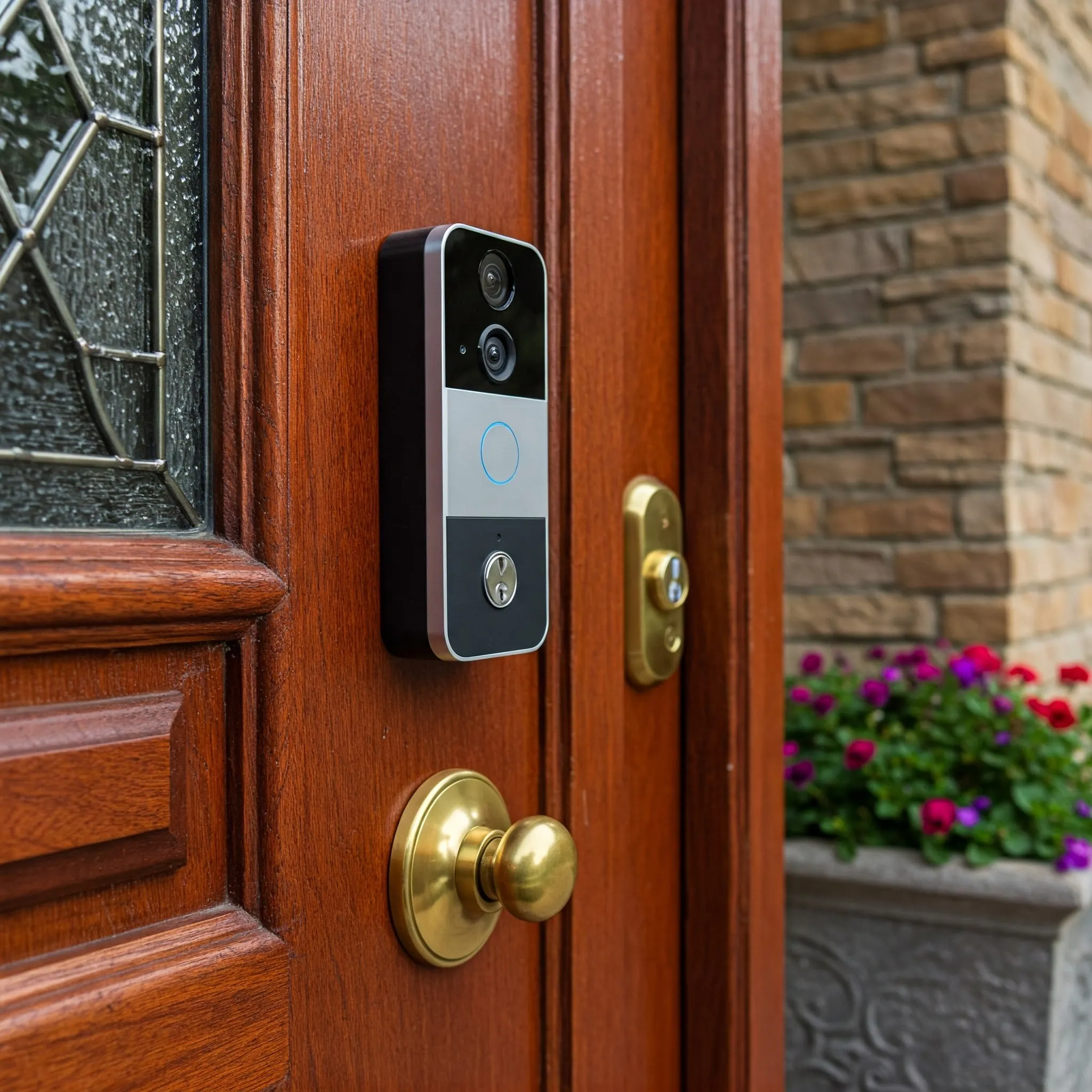Humane Chipmunk Control: Expert Tips to Protect Your Garden
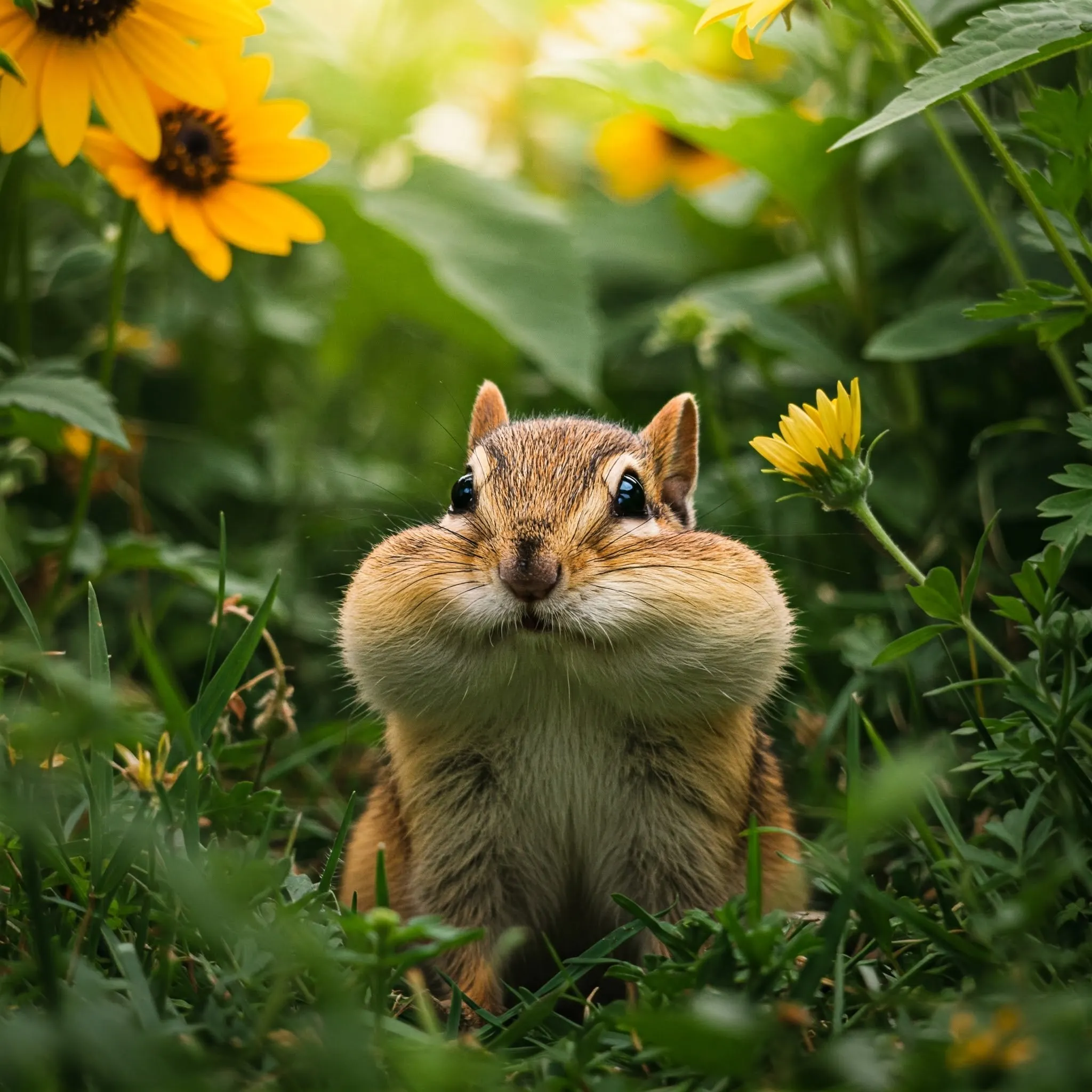 "Please be advised that we may receive compensation from the products featured on this page, and we participate in affiliate programs. Learn More ›"
"Please be advised that we may receive compensation from the products featured on this page, and we participate in affiliate programs. Learn More ›"
Are pesky chipmunks turning your beautiful garden into their personal buffet? While these little striped creatures might seem cute at first glance, their destructive habits can quickly turn them into unwelcome guests. As omnivores native to North America and Asia, chipmunks have a broad diet, happily munching on everything from your prized flowers and vegetables to beneficial insects. Even more concerning, their extensive network of underground burrows can potentially compromise the structural integrity of your home's foundation.
The good news is that you don't have to resort to harmful methods to reclaim your yard. This guide will walk you through a series of humane tactics to deter and, if necessary, relocate chipmunks from your property. We'll start with gentle, natural approaches and gradually move towards more assertive, yet still compassionate, strategies to encourage these critters to find a more suitable home.
====================================================================
Identifying Chipmunk Presence in Your Yard
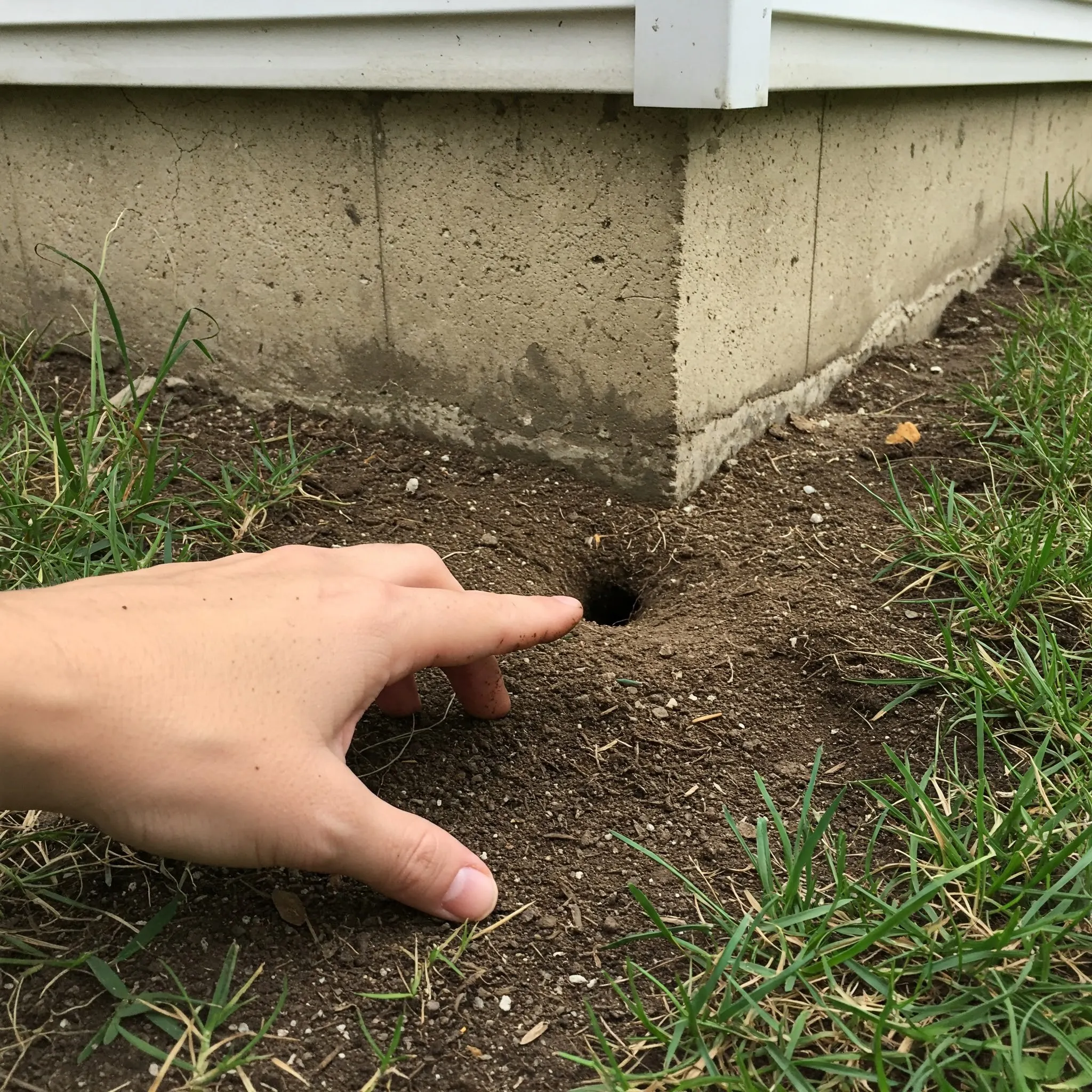
Chipmunks are generally shy and incredibly quick, so you might not always spot them scurrying around. However, their presence often leaves telltale signs. If you've noticed nibbling on your plants or other garden damage, it's time to play detective. Look for small holes in your lawn or along walkways, particularly near your home's foundation or the edges of your property. You might also discover tiny footprints – four toes in the front and five in the back – or piles of discarded seed shells beneath your bird feeder.
Another indicator is the presence of chipmunk droppings, which are small, dark, and elongated, resembling grains of rice or beans. It's important to remember that chipmunks are solitary creatures, meaning each one digs and lives in its own individual burrow system. Once you've confirmed that chipmunks are indeed the culprits, you can start implementing strategies to encourage them to move on.
====================================================================
Making Your Garden Less Appealing to Chipmunks

One of the most effective long-term strategies for dealing with chipmunks is to make your property less attractive to them in the first place. Chipmunks are particularly drawn to flower bulbs in the fall, as these are packed with nutrients and easy to carry back to their burrows. If you've experienced chipmunks digging up newly planted bulbs, consider using bulb cages to protect individual plants. For larger plantings, burying sheets of hardware cloth both above and below the bulbs can be a more cost-effective solution, and it also deters other rodents like voles, mice, and rats. Cleaning up plant debris, such as bulb skins, after planting is also a good practice.
Avoid using smelly products like bone meal and fish emulsion in planting holes, as these can sometimes inadvertently attract chipmunks. To generally make your yard less inviting, keep your garden tidy by cleaning up any fallen fruit from fruit trees or berries from bushes. Consider planting natural repellents like garlic and daffodils around your vulnerable plants. Clear away brush, wood piles, and any other debris where chipmunks could hide or build nests.
Relocate bird feeders high off the ground and away from fences, porch railings, and other potential chipmunk pathways. To discourage them from getting too close to your home's foundation, avoid planting shrubs or using low rock boundaries near the house, as these provide both shelter and easy transportation routes for the critters. Finally, seal up any holes or cracks that could lead into your attic or under your porch, as squirrels might also decide to take up residence in these spaces. If squirrels are the issue, you might consider installing a one-way door or trap, but always ensure all animals are removed before permanently sealing entry points to prevent them from being trapped inside.
====================================================================
Utilizing Chipmunk Repellents Effectively

When considering how to get rid of chipmunks, remember that there are several types of repellents you can use, often in combination for the best results.
- Natural Repellents: A simple and harmless method involves using human hair clippings. Ask your barber or hairstylist for a bag and sprinkle the hair around your garden. The human scent can be frightening to chipmunks and other pests, and as the hair breaks down, it can even provide a small boost of nitrogen to your plants.
- Electronic Repellents: These systems use ultrasonic pulses or bursts of water to deter chipmunks, as well as other animals like deer, raccoons, rabbits, and squirrels. A quality electronic pest repeller can cover a significant area and typically runs on AC power or batteries. However, keep in mind that these methods won't affect chipmunks that are already nesting underground.
- Liquid Repellents: You can purchase non-toxic commercial products, such as Exterminators Choice Rodent Defense Spray, or create your own DIY solution. A common recipe involves boiling two tablespoons of cayenne pepper in one quart of water. Once cooled, add two tablespoons of olive oil to help the repellent stick to surfaces. Store the mixture in a labeled spray bottle and shake well before spraying directly on infested areas. Reapplication is crucial, and it might take some time for the chipmunks to come into contact with the repellent. A helpful tip for fall gardening is to dip vulnerable tulip bulbs in a liquid repellent before planting to protect them from hungry chipmunks.
- Dry Repellents: Dry products tend to last longer than liquid sprays and can help prevent chipmunk burrowing. Create barriers by sprinkling granular repellents in areas where chipmunks are active. Products like Shake Away are designed to deter chipmunks and other pests without harming them. You can use these in attics, near foundations, around flower beds, and along garden paths. Alternatively, a simple sprinkle of cayenne pepper can also act as a natural deterrent.
====================================================================
Implementing Physical Barriers and Humane Trapping

The Humane Society suggests exploring gentler ways to coexist with chipmunks while still protecting your plants. Consider installing an L-shaped barrier of mesh fencing around the base of foundations, fences, porches, and other walls. Opt for a gravel border instead of dense shrubs. Protect individual flower bulbs by planting them in bulb cages, which are readily available at home centers and garden supply stores.
If deterrents aren't enough, humane trapping can be an effective way to remove chipmunks from your property. These traps catch the animals without harming them, allowing you to release them at least half a mile away from where they were captured. Choose one- or two-door traps, typically 10 to 20 inches long, specifically designed for chipmunks. One-door traps are often simpler to use and are a common choice for professionals. Always wear gloves when setting the traps, as any human scent can scare away the chipmunks. While chipmunks are not typically aggressive, they will bite if they feel threatened, and they can carry diseases, so caution is advised.
Place traps in areas where you've observed the most chipmunk activity, such as your attic, garden shed, along fences and walls, and near the house foundation. Effective baits include peanuts, sunflower seeds, and peanut butter, placed directly on the trigger plate. Follow the trap instructions carefully and check it frequently so you can release any captured chipmunks promptly. Once you've removed the chipmunks, you can fill in their burrows with dirt or sand.
Important Note: Be aware that local laws regarding the trapping and relocation of wild animals can vary. Always check your city's wildlife ordinances before using traps.
====================================================================
Final Thoughts
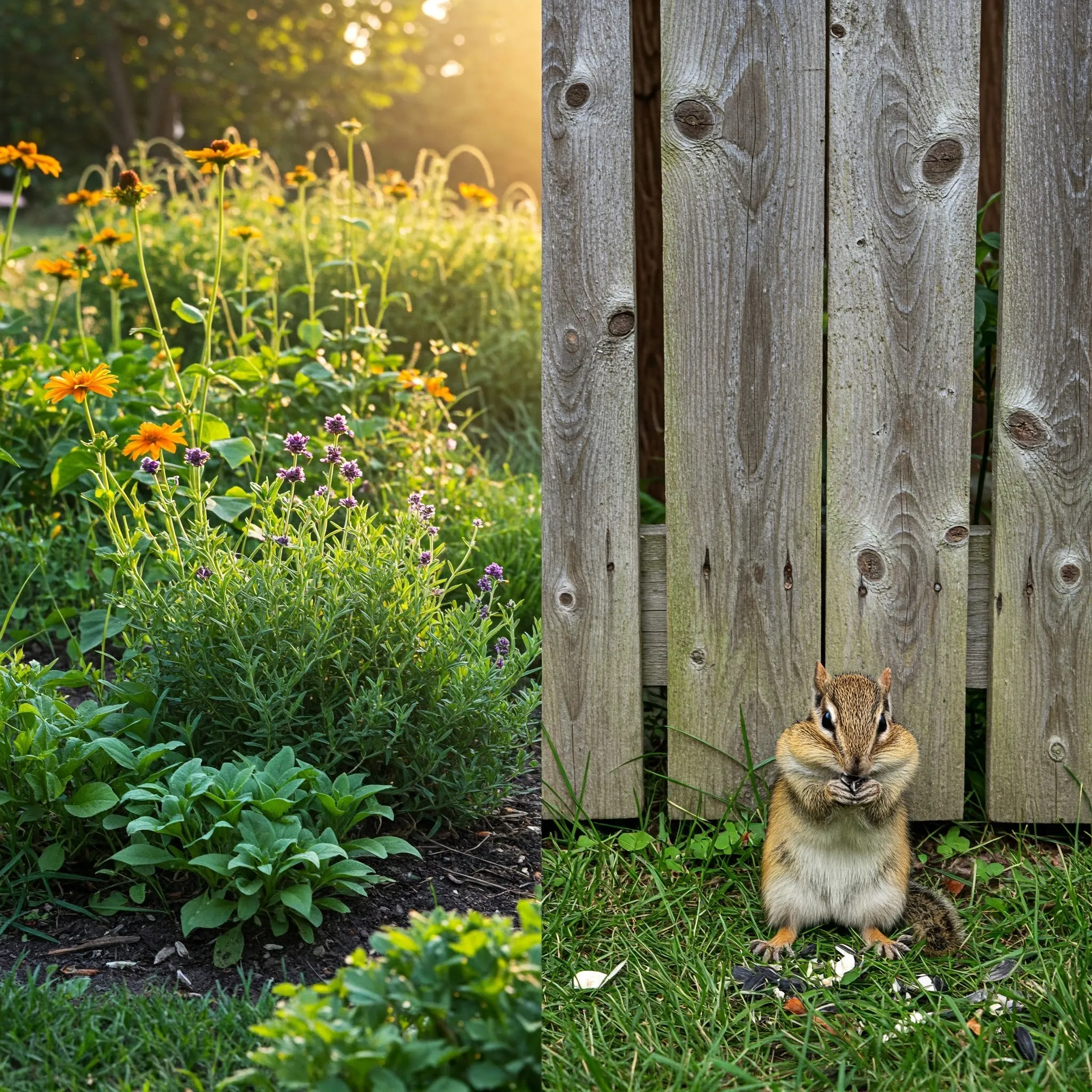
Dealing with chipmunks in your garden can be frustrating, but by implementing a combination of these humane strategies, you can effectively deter them and protect your precious plants and property. Remember that persistence is key, and it might take some time to convince these determined little creatures to move on. By focusing on making your yard less appealing, utilizing repellents, and considering humane trapping when necessary, you can achieve a harmonious coexistence with nature without resorting to harmful methods.
====================================================================
Key Takeaways:
- Identify the signs: Look for holes, footprints, seed shells, and droppings to confirm chipmunk presence.
- Reduce attractiveness: Keep your garden tidy, avoid appealing plants, and seal potential entry points.
- Utilize repellents: Employ natural, electronic, liquid (like DIY cayenne spray or commercial products like Exterminators Choice Rodent Defense Spray), and dry repellents (such as Shake Away or cayenne pepper).
- Create barriers: Install mesh fencing and use gravel borders. Protect bulbs with cages.
- Consider humane trapping: Use one- or two-door traps baited with nuts or peanut butter, and release chipmunks at least half a mile away. Always check local regulations first.
- Be patient and persistent: It may take time and consistent effort to effectively manage chipmunk populations.






